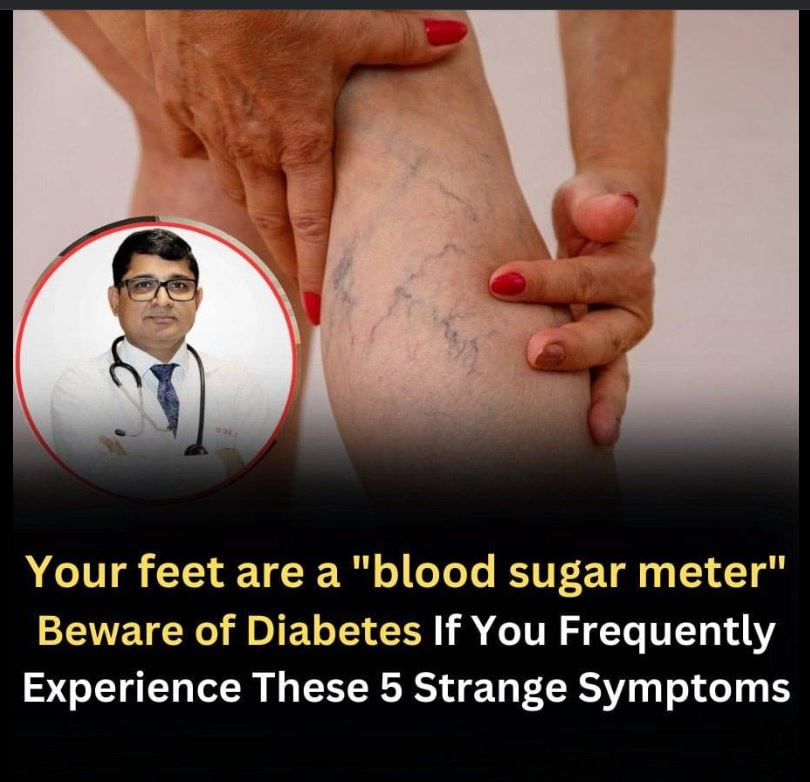
1. Burning or Sharp Pain

Some people with diabetes feel sharp or burning pain in their feet, even when resting. This happens when damaged nerves send incorrect pain signals. The discomfort may come and go or worsen at night. If simple touches or light pressure feel painful, nerve damage could be advancing. Managing blood sugar levels can help slow its progression.

Poor circulation can make your feet feel cold, even when the rest of your body is warm. Diabetes can narrow blood vessels, reducing blood flow to the lower extremities. While occasional cold feet are normal, persistent chilliness may indicate circulation issues. Wearing warm socks and moving regularly can help improve blood flow.
3. Numbness or Tingling

A constant tingling or loss of feeling in your feet may be a sign of nerve damage. Diabetes can cause peripheral neuropathy, which reduces sensation over time. If left untreated, numbness can make it harder to notice cuts or injuries, increasing the risk of infection. If you frequently experience this sensation, check your feet daily for unnoticed wounds.
4. Frequent Foot Cramps

Painful cramps in the feet or lower legs may be linked to poor circulation. Muscles need oxygen-rich blood to function properly. When circulation is weak, feet and legs may cramp more often, especially at night. Stretching and gentle movement can help, but persistent cramps may signal an underlying issue that needs medical attention.


